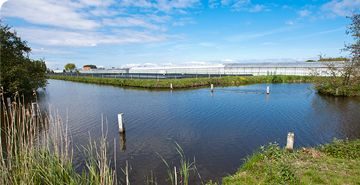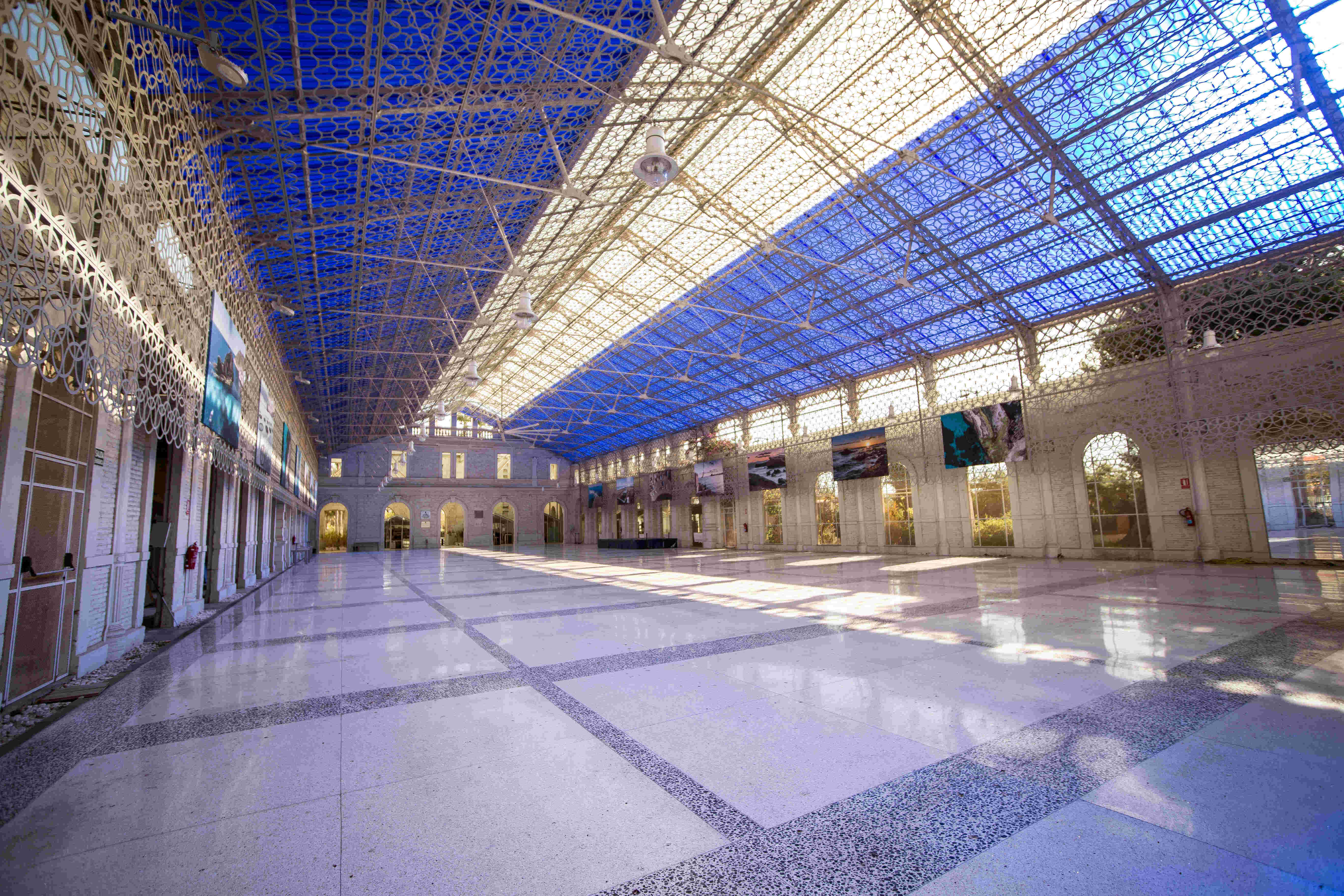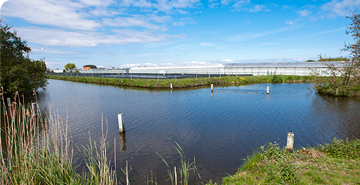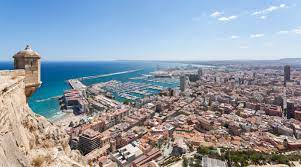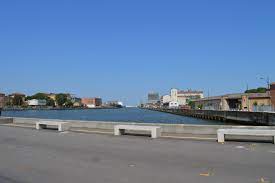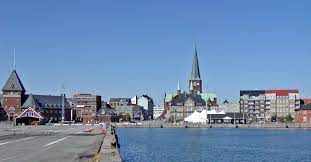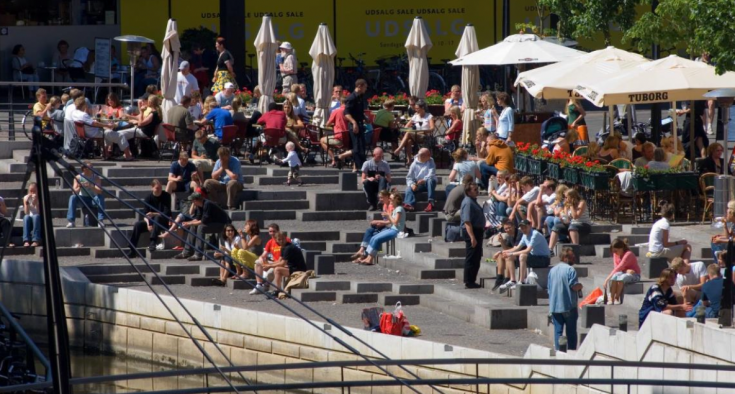
WaVE project focuses on the improvement of regional and local policies to open up their possibilities for supporting the development of integrated adaptive reuses of water-linked cultural heritage sites in human settlements.
The project aims to improve the overall support by the addressed policy instruments for integrated valorisation approaches of cultural heritage, to sparkle ideas for the creation of new projects aiming at integrated valorisation of water-linked cultural heritage, and to raise awareness for the subject at other cities in Europe.
For this reason, we publish a brief history about each of the redevelopment sites involved in the project, describing their potential, future plans and best practices already achieved.
We do it through interviews with Opinion Leaders, who know best the characteristics of the sites.
The fourth interview is with José Luis Candela Galiano, Mayor of Tibi.
Tibi is a Municipality located in the Alicante province interior, in the region of La Hoya de Alcoy. It is a small town of 1634 inhabitants located on a hill. This beautiful location hides the oldest operative dam in Europe. It was built in 1594 to manage water during dry season and irrigate the lands downstream, and it is still in operation nowadays. 
(Question) How Tibi is linked with water?
(Answer) Water has been part of the history of our municipality since it was born, because it was founded around the springs of crystalline mountain waters creating enclaves such as Ull de la Font, the raft of La Glorieta with its fountain of eleven jets or the antique laundry. And without any doubt, the course of the Verde River that comes from Onil and whose waters are stored in the historic reservoir of Tibi.
(Q) What is the role of the Tibi dam in this link?
(A) The dam is an icon itself: first of all, in the past, it changed completely the irrigation scheme of the Alicante area allowing an important agricultural development; moreover, its constitutes an incalculable architectural value because of its curved construction, the first of the world of this kind and an inspiration for the design of modern dams.
(Q) What your citizens expect for the future of the dam and its environment?
Everybody feels this cultural icon as a part of their identity, and so they wish there is an effective protection of the wall itself and its entire environment so it can be enjoyed by future generations. In addition, we hope that it becomes a leisure and touristic space to create new socio-economic opportunities in the area.
(Q) Which is the key element for this transformation to start?
(A) Definitively the first step is to accomplish an Action Plan that includes both protection and revalorization, recovering spaces such as the hermitage, the house of the dam keeper, etc. and improving the safe accessibility to the site.
(Q) What other European regions may learn from Tibi?
(A) We really do not want to teach anything, but we would like to share the love for this antique dam, for the meaning it has for our territory and its unique value as European heritage.
>> Discover more about the Tibi dam, watch the video
Did you miss the the previous episodes?
Read the interview with Hans Thoolen, Coordinator Urban Quality of the municipality of Breda
Watch the video-interview with Giacomo Costantini, Councillor for tourism and smart city of the Municipality of Ravenna
Read the interview with Péter Nagy, Director of the Ister-Granum EGCT


